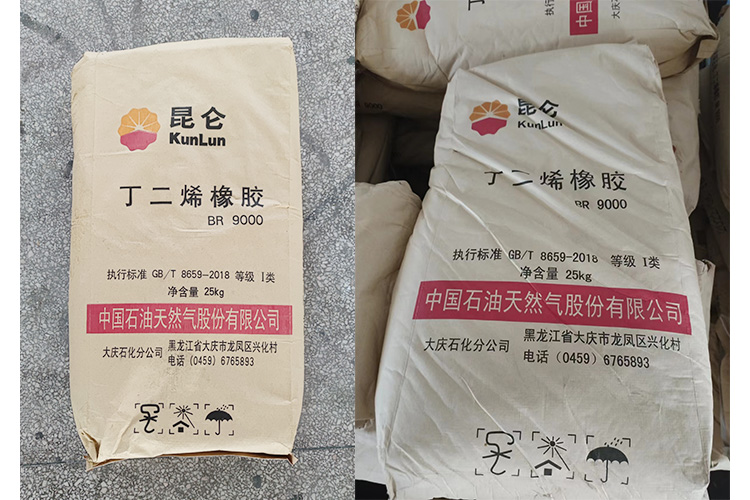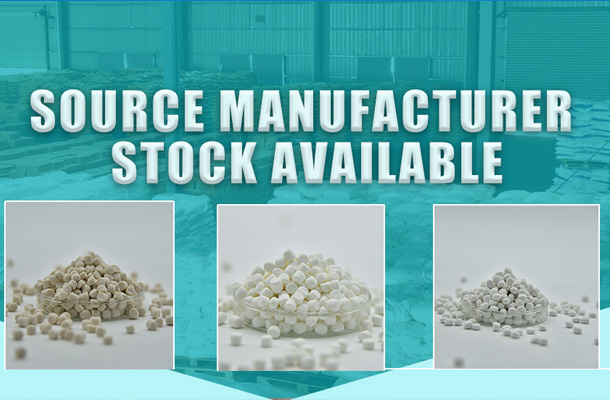scientifically known as cis-1,4-polybutadiene rubber or simply BR, is a synthetic rubber derived from the polymerization of butadiene monomers. With over 95% of its structure in the cis configuration, it boasts high regularity and a lack of side groups on its molecular chain. This results in exceptional elasticity, making it the most elastic among all rubber types.
Characteristics of cis-1,4-polybutadiene rubber include:
- Low Temperature Resistance: With a glass transition temperature ranging from around -105°C to -110°C, it exhibits superior performance in cold environments.
- High Wear Resistance: Due to low intermolecular friction, it has excellent wear resistance, particularly under dynamic loads with minimal heat generation.
- Superior Elasticity: Ideal for applications requiring high resilience.
- Decent Aging Resistance: While generally good, it may be less resistant to aging compared to certain other properties.
- Processing: Uncured rubber can be directly vulcanized without mastication; however, it has poor processing properties and self-adhesion, with a tendency to cold flow.
Its primary applications encompass:
- Tire Manufacturing: Especially for tire treads, enhancing tire wear resistance and reducing rolling resistance.
- Cold-resistant Products: Suited for producing items that need to withstand low temperatures.
- Industrial Products: Such as hoses, conveyor belts, rubber sheets, footwear, rollers, and sports equipment.
- Modifying Agent: Used as a reinforcing agent in synthetic resins to improve properties, like in high-impact polystyrene (HIPS).
Depending on the catalyst system used, cis-1,4-polybutadiene rubber is classified into several types, including nickel-based, cobalt-based, titanium-based, and rare earth-based (e.g., neodymium-based), with rare earth cis-polybutadiene rubber particularly known for its high-performance capabilities, further enhancing the quality and performance of tires and rubber products.








